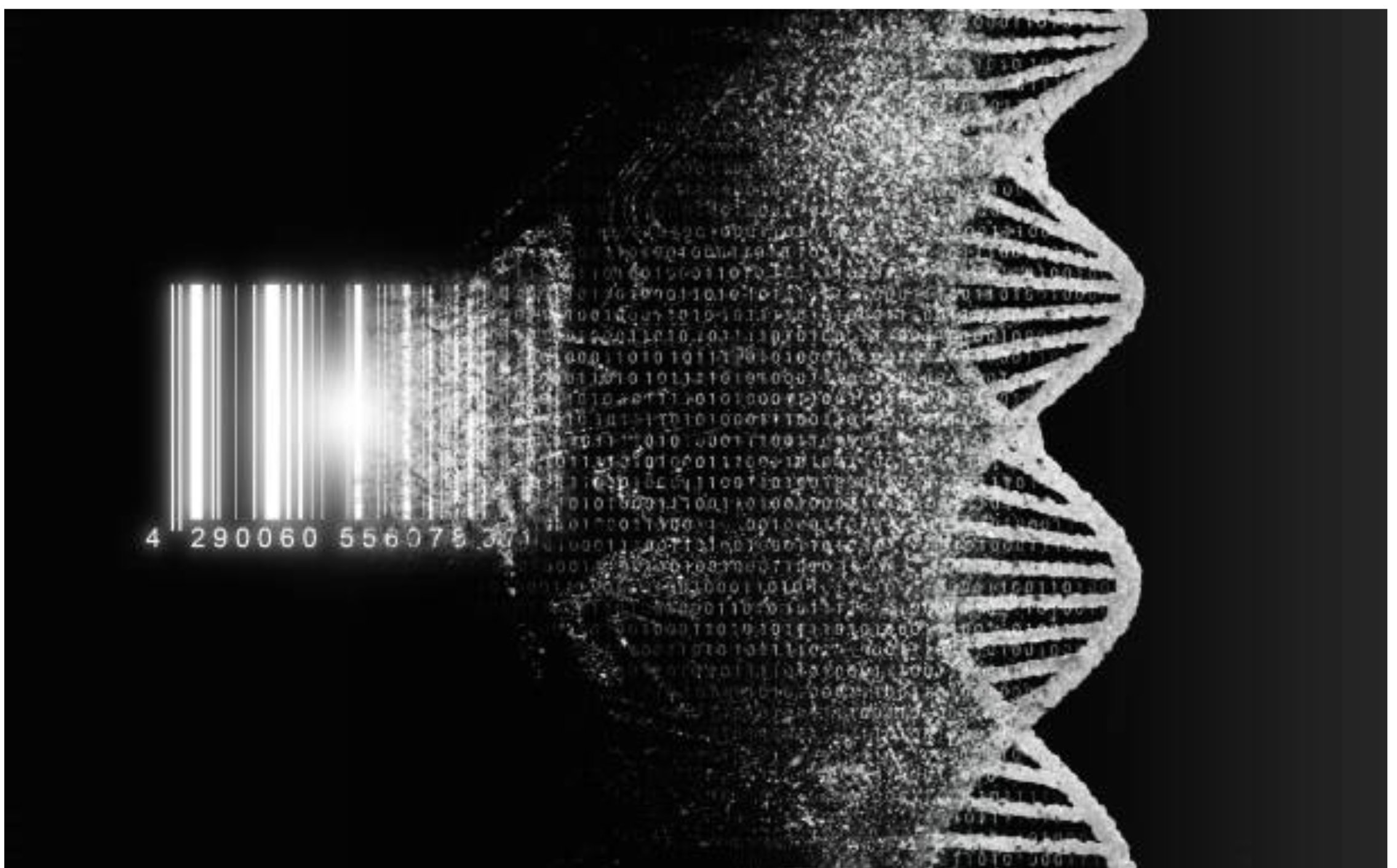Part 2: decoding eagle rays in the lab
In Part I of this two-part story, we discussed the goals of molecular ecology labwork and introduced one of the techniques by which DNA can be extracted from an elasmobranch tissue sample. In Part II, we will examine how we turn DNA into data that allow us to make inferences about elasmobranch populations.
The technologies that we use to turn DNA into data are amazing, but most cannot handle long stretches of DNA at once. So, after we have double – and triple-checked to ensure that our DNA exists in long intact segments – we counterintuitively have to chop the DNA down into smaller chunks. For our whitespotted eagle ray research, we have done this using two processes. The first uses “restriction enzymes” that target specific sequences of DNA and cuts the DNA at those locations. To understand how this works, imagine cutting a dictionary every time the letters D, G, and E are found together in that order. You would end up with a dictionary that is chopped at words like “badge”, “midge”, and “hedge” and lots of other random words. It’s similar in our labwork with restriction enzymes, which cut DNA whenever a specific sequence is found in the right order (e.g., ATTGT) thereby shortening the DNA strands. The second method involves a process called “sonication” whereby sound waves break the DNA down into even smaller chunks of similar lengths. Combined, these two approaches truncate the DNA into lengths that are appropriate for the sequencing technology. Then, we further manipulate our sample DNA by attaching two different types of synthetic DNA: the first, called a “barcode”, is a unique identifier that allows us to know which DNA sequence came from which individual when the DNA from all individuals is pooled together (as it must be for sequencing); the second type is called an “adapter”, which is required for the sequencing technology to detect the DNA and translate it into useful data.

DNA barcoding allows us to pool DNA from multiple individuals into a single sample tube. Later, when we receive the sequence data, we can determine which DNA sequences came from which individuals by reading the barcode. Photo: Ole_CNX | istock.com
We put the DNA through several additional processes, including polymerase chain reaction (PCR) and bridge amplification, before we finally end up with one or more text files comprising hundreds – or often thousands – of gigabytes. These text files contain our DNA sequence data, and there are a LOT of data in these files. Far too much to analyse by eye. That being the case, a key component in Molecular Ecology research is analysing massive amounts of data, which is considered its own field of research called “bioinformatics”. Bioinformatics and Molecular Ecology go hand-in-hand. The next blog post – the final of this series – will focus on the bioinformatics analyses we have used to process our eagle ray data.
